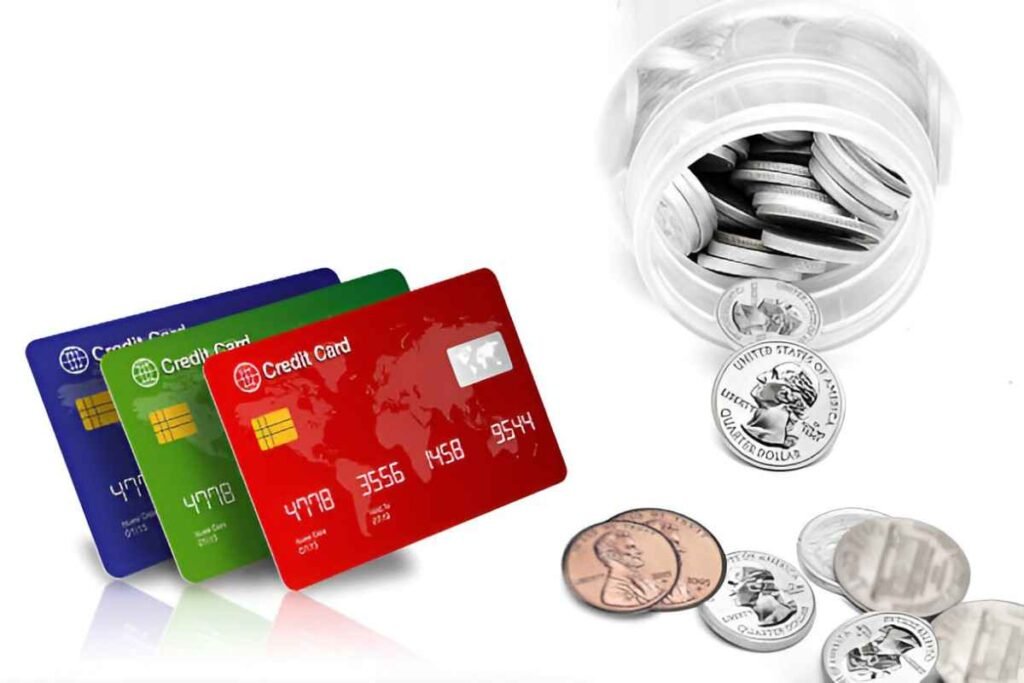When it comes to managing and processing credit card transactions, technology has come a long way. One of the most versatile devices in this realm is the 4-in-1 credit card reader writer. In this article, I’m going to explore everything you need to know about these devices. From how they work, their features, and their different uses, to comparisons and real-world applications, I’ll dive deep into the subject so you can make an informed decision if you are considering investing in one.
A 4-in-1 credit card reader writer combines multiple functions in one compact device. These typically allow users to read and write data from magnetic stripes, smart chips, and contactless cards, among others. But what makes these devices particularly useful is their ability to combine multiple capabilities in a single unit. Let me guide you through this multi-functional tool and break down its importance.
Table of Contents
What Is a 4-in-1 Credit Card Reader Writer?
In essence, a 4-in-1 credit card reader writer is a device designed to interact with different types of credit cards. As the name suggests, it provides four main functions, which generally include:
- Reading magnetic stripe cards – These are the traditional credit cards with a magnetic stripe on the back.
- Reading and writing to smart chip cards – Also known as EMV (Europay, MasterCard, and Visa) cards, these cards have microchips that enhance security.
- Reading RFID-enabled cards – These are contactless cards, commonly used for tap-to-pay transactions.
- Writing to cards – Some readers allow you to write data to the cards, such as for creating custom access cards or programming data.
This all-in-one approach eliminates the need for multiple separate devices. With a 4-in-1 card reader writer, you can manage various card technologies using just one piece of equipment.
How Does a 4-in-1 Credit Card Reader Writer Work?
Each function of a 4-in-1 credit card reader writer involves a different method of data exchange. Let me break down the primary methods:
- Magnetic Stripe: This type of card has a magnetic stripe that stores data. When you swipe it through a reader, the reader decodes the information encoded in the stripe and transmits it for processing.
- Smart Chip (EMV): This card has a microchip that communicates with the reader. EMV transactions involve encrypting data at the point of transaction, ensuring enhanced security. The chip contains information that’s more difficult to replicate, which prevents fraud.
- RFID / Contactless: Cards with Radio Frequency Identification (RFID) technology use a microchip that communicates with the reader through radio waves. This is used for tap-to-pay systems, allowing the user to simply tap the card near the reader.
- Card Writing: A device that writes data allows you to encode information onto cards. This function is useful for businesses that need to issue custom cards or modify data on existing ones.
Why Should You Use a 4-in-1 Credit Card Reader Writer?
There are several reasons why a 4-in-1 credit card reader writer is an excellent tool for both personal and business use:
- Versatility: One device can handle a variety of cards. This is particularly important in today’s world where the technology used in credit cards evolves rapidly.
- Convenience: Carrying one device that can read and write to different types of cards saves time and space. For businesses that need to interact with multiple card types, this is an essential tool.
- Cost-Effective: Instead of investing in multiple devices for different card types, you can get everything in one, which makes it a more economical choice.
- Security: The ability to read and write EMV cards means your transactions can benefit from the enhanced security features that come with chip technology.
Key Features of a 4-in-1 Credit Card Reader Writer
A good 4-in-1 credit card reader writer typically has several features. Here are some of the most important ones to consider:
- Multiple Card Formats: As I mentioned earlier, this device can handle magnetic stripe, EMV chip, and contactless cards, making it versatile across different types of payment methods.
- Compatibility: The device should be compatible with various software platforms and operating systems (Windows, macOS, etc.), so it works seamlessly with your existing infrastructure.
- Portable Design: If you plan on using the reader writer in different locations, you want a device that is lightweight and easy to carry. Most 4-in-1 devices are designed for portability.
- Speed: For business use, a fast processing speed is essential. Look for a reader writer that can process transactions quickly, especially when handling high volumes.
- Data Encryption: Many 4-in-1 devices come with encryption technologies to ensure data security, protecting sensitive information during the transaction process.
Comparison of Different Types of Credit Card Reader Writers
When deciding on the right device for your needs, it’s helpful to compare different types of credit card readers and writers. Below is a comparison table to illustrate the differences.
| Feature | 4-in-1 Credit Card Reader Writer | Magnetic Stripe Reader | EMV Chip Reader | RFID/Contactless Reader |
|---|---|---|---|---|
| Card Types Supported | Magnetic Stripe, Chip, RFID | Magnetic Stripe Only | EMV Chip Cards | RFID Contactless Cards |
| Read/Write Capability | Read & Write | Read Only | Read Only | Read Only |
| Security | High (Encryption Supported) | Moderate | High | Moderate |
| Transaction Speed | Fast | Fast | Moderate | Very Fast |
| Portability | High | Moderate | Moderate | High |
| Cost | Moderate | Low | Moderate | Moderate |
| Common Use Case | Business and personal transactions | Small businesses | Banks and merchants | Public transport and retail |
| Compatibility | High (Various OS and software) | Limited | Limited | High |
Real-World Applications of the 4-in-1 Credit Card Reader Writer
The versatility of a 4-in-1 credit card reader writer makes it useful in a wide range of scenarios. Let me walk you through some practical applications:
- Retail Businesses: If you run a retail store, having a 4-in-1 reader writer means you can accept various types of payment methods from customers, whether they use traditional magnetic stripe cards, chip cards, or contactless payments.
- Banks: For banks and financial institutions, these devices can be used for issuing credit and debit cards, as well as reading account information when performing certain services.
- Event Management: Event organizers can use these devices to issue entry passes that are RFID-enabled, allowing for quick entry scanning.
- Public Transportation: Many public transport systems now use contactless RFID cards, and the 4-in-1 reader writer can be used to create, manage, and scan these cards.
Calculating Cost-Effectiveness: Should You Buy a 4-in-1 Reader?
Now, let’s calculate the cost-effectiveness of purchasing a 4-in-1 credit card reader writer.
Let’s say you need to buy three separate devices to handle each card type:
- Magnetic Stripe Reader: $30
- EMV Chip Reader: $50
- RFID/Contactless Reader: $40
Total cost for three devices: $120
Now, if you buy a 4-in-1 reader writer:
- 4-in-1 Device: $100
As you can see, buying a 4-in-1 reader saves you $20. Furthermore, the 4-in-1 device is likely to save you time and space, making it even more valuable.
Final Thoughts
A 4-in-1 credit card reader writer is an incredibly useful tool for businesses and individuals who need to handle various types of cards. Its versatility, security, and cost-effectiveness make it an attractive option for anyone in need of a reliable card processing solution. Whether you are managing a retail store, handling banking transactions, or running an event, a 4-in-1 reader writer offers the flexibility and functionality to meet your needs. By investing in this multi-purpose device, you streamline your operations and ensure that you can handle all types of credit card transactions efficiently.
If you’re in the market for a card reader, I recommend considering your specific needs, such as what types of cards you interact with most, the level of security required, and your budget. A 4-in-1 credit card reader writer might just be the solution you’re looking for.





